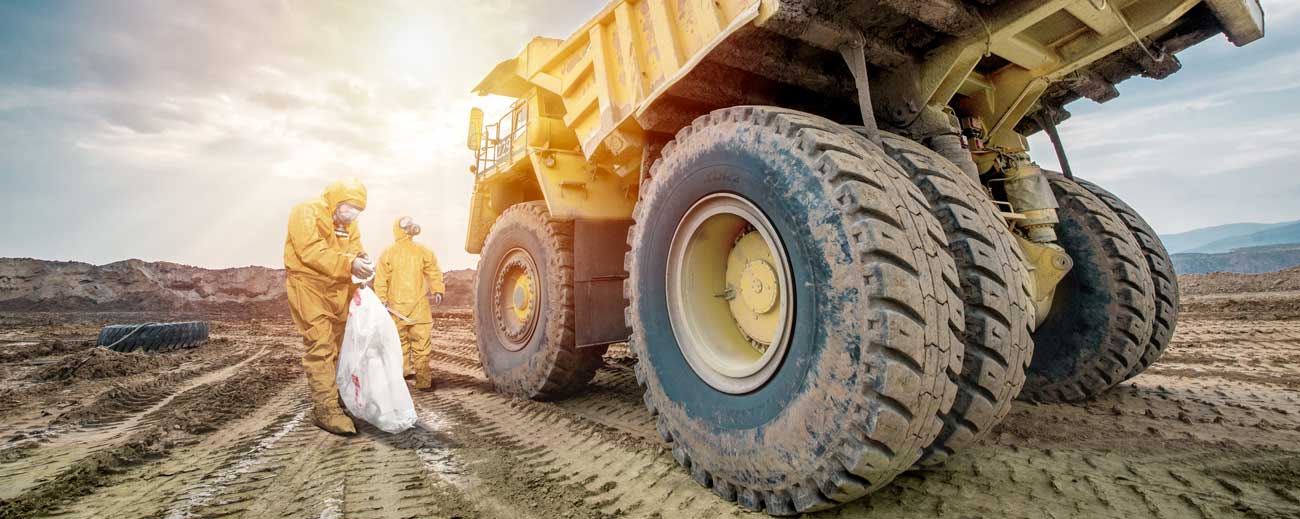
Chemcare offers a wide range of asbestos removal and related services.
What is asbestos?
Asbestos is a naturally occurring fibre that was traditionally used in many building materials prior to 1990 but commonly used up to the year 2000. It was popular for its strength, and resistance to fire, chemicals and water. This is why it was often used in many building materials and construction because of it's durability.
What does asbestos look like?
On close inspection, it looks like very fine fibres inside a rock. However, it is almost impossible to see asbestos - especially to those who aren't familiar with the material.
Asbestos fibres are tiny and dangerous even in small amounts.
What are the different types of asbestos?
There are three main types of asbestos used in production of household products or buildings.
White asbestos (aka Chrysotile) - of the serpentine group of asbestos. It has curly, long fibres which are easily spun into fabrics. Because it is so versatile - this is the type commonly used in household products and construction.
Brown asbestos (aka Amosite) - of the Amphibole group of asbestos. This type has spiky, harsh fibres. Was commonly mined in Africa and used in asbestos pipe insulation or cement sheet. It is also commonly found in insulation, and ceiling tiles.
Blue asbestos (aka Crocidolite) - of the Amphibole group of asbestos alongside brown asbestos. It has thing, straight blue fibres. This was mostly mined in Australia, Bolivia and South Africa. It was popular for its heat resistance and repelling of water. Blue asbestos is also thought of as the most dangerous asbestos because of its then fibres. This makes it very easy to inhale and get lodged into a person's lung lining.
What are the dangers of asbestos?
Asbestos isn’t actually dangerous until it’s broken up or disturbed. The asbestos fibres then become airborne and can be inhaled which is when it’s most hazardous. These fibres are extremely fine and travel easily into the lungs, but then stay there - creating micro scars and damaging lung tissue. Asbestosis, and lung cancer are common occurrences with people who have been exposed to asbestos, especially those who are in the construction and building industry.
It is currently the number one killer in the New Zealand workplace - on average 170 people die from asbestos-related diseases.
Click to view larger image











